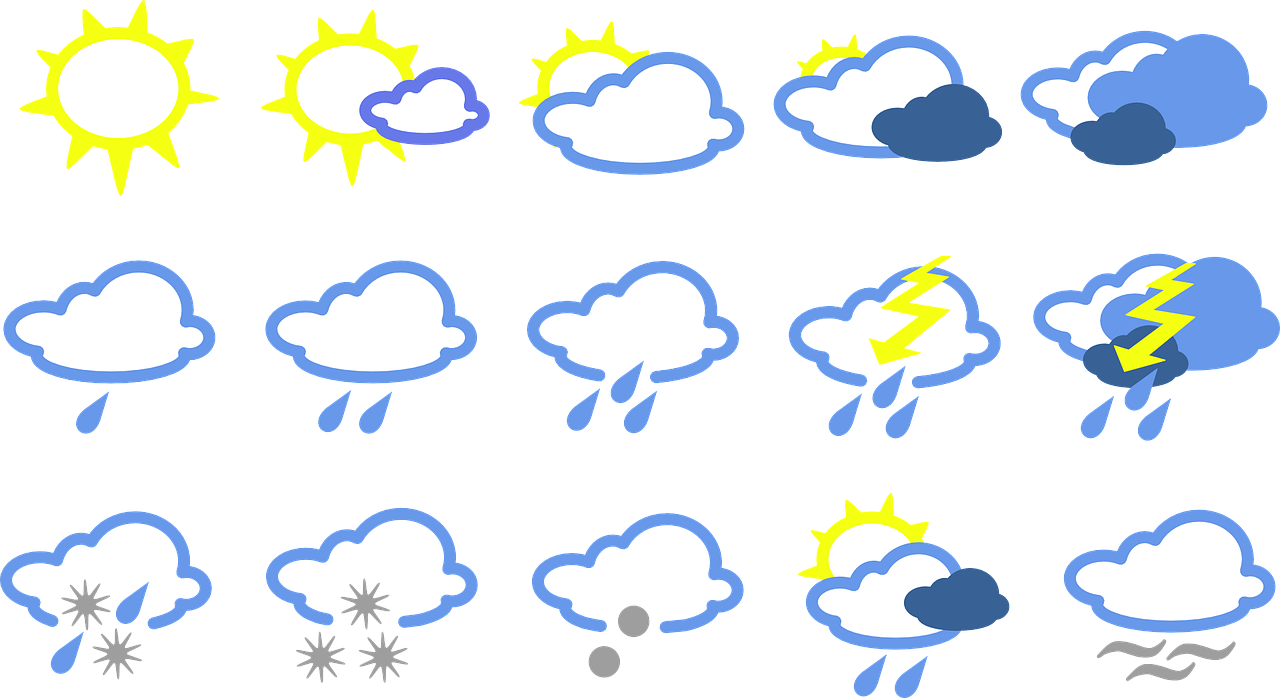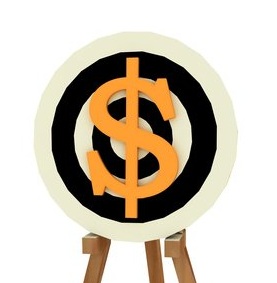Sorting Lists in Salesforce
By Amelia Brewin Sorting objects is a requirement that comes up from time to time. It can be as simple as ordering by a simple number field (such as Opportunities priority) or more complex ordering involving multiple fields. Luckily for us Salesforce has the Comparable Interface. With a handy wrapper class that implements Comparable and takes our object in the constructor we can define our own ordering. This list is… Read More
Deploying with ANT
As Salesforce projects and deployments get more complex, it is a good idea to learn more about the different deployment options that Salesforce provides. When starting with Salesforce, you learn about how change sets can be used to deploy changes between related orgs. Change sets are only one of the many ways available by which you can deploy one Salesforce Org’s components to other. For example: Change sets Eclipse IDE… Read More
A Data Quality Project
By: Nick Kurbatov, Digital Business Analyst Data Quality – what do you think about when somebody mentions these words? Have you ever imagined what would happen if your address book or files on your computer suddenly go mad, because there are no unique identifiers(IDs) in your data? It would be a mess. You wouldn’t be able to easily find your colleague’s date of birth or the name of your favorite… Read More
Succeeding with Salesforce1
By: Nick Kurbatov, Digital Business Analyst “Welcome to the digitized world”– that could be Morpheus’ phrase in the movie “The Matrix” if Neo was awoken in 2016. Data storage devices as well as computers and smartphone have advanced significantly over the last 20 years. Moore’s law has already died by now. Every year manufacturers of smartphones create faster, smaller, and more intelligent mobile devices. The same thing happens with software…. Read More
REST API using Weather Example
Sometimes you have a requirement to access information from an external source and store or display in Salesforce. One way of doing this is by making a REST API call from Salesforce to an external endpoint. In this example, we show step by step how a call using the REST API can be made to an external site to retrieve weather information related to an Account. We will be using… Read More
Work Orders in Salesforce (Spring’16 Release)
If you have had a requirement to track field service in Salesforce, up until recently, you had two options: create a custom solution, or implement an AppExchange solution such as ServiceMax. Now, with the recent Spring’16 release, Salesforce have added the beginnings of a field service solution. The initial functionality is centered around Work Orders. Work Orders is the central object used to track repairs, perform maintenance activities and other… Read More
Osler: From Idea to AppExchange
Interview with Steve Sacks, Founder/Director at Osler Technology Most of us using Salesforce use one or more AppExchange Apps to supplement and expand the functionality available to us. Apps range from small point solutions, such as address validation to the larger apps that address a need such as document generation (e.g. Conga) to Apps that sit on top of Salesforce that are focussed on the needs of a particular industry,… Read More
VisualForce Reports
Salesforce Reports provide a variety of formats and options to enable us to build reports from our data. However, sometimes we cannot achieve exactly what we need either in terms of the way the data is presented, or having a requirement to report on data that is not related in a way that can be consolidated in a report. That is when we may consider a Visualforce report. A Visualforce… Read More
Macros in Salesforce
Have you ever had to perform the same action on multiple records in Salesforce? Wished there was a better way to save time? You may have thought about the possibilities in Microsoft Word or Excel to use macros to perform repetitive actions and wished there was something similar in Salesforce. Well, there is! There is a macro capability and, it is available for all standard and custom feed based objects…. Read More
Target Reports using Custom Summary Formula Fields
Have you ever come across the need to do actual vs target reporting in Salesforce? It could be to report on if Salespeople are reaching their targets for the value of closed opportunities. It could be whether the number of orders has reached the goal for the month. Another example could be the number of qualified leads created. While it is easy to create reports that summarize actual data, how… Read More
Passion + Non Stop Learning = Salesforce MVP in 2 Years
Salesforce has been in the market for 17 years now, and it has not only helped companies grow but it has also provided countless job opportunities to IT professionals. Vamsi Krishna is one of those who have benefited from the competitive advantage offered by Salesforce in terms of skills enhancement and professional development. He shares how he got started with Salesforce, his successes, learnings, challenges encountered, and his career journey… Read More
Merge Fields in Salesforce Tasks
Using Workflow to create followup tasks or reminders is a common use case. It is also simple to setup, just create a workflow rule with a rule trigger date a number of days in the future. Say we wanted to have a followup task generated 5 days before the Opportunity close date. This is easy, but standard workflow comes with a limitation, merge fields cannot be used for field values…. Read More
Single vs Multiple Sales Processes in Salesforce
How Many Salesforce Sales Processes Do You Need?Are you contemplating whether to have one or set up multiple sales processes in your Salesforce Org? Prior to determining whether you need a single Sales Process or multiple Sales Process it is worthwhile to look at the definition of a Sales Process without reference to Salesforce:“A defined set of repeatable, interrelated activities from market awareness through servicing customers that allows communication of progress… Read More
Getting a Salesforce Job
Salesforce Jobs I recently sat down and had a chat with Stuart Smith and Bradley Bilinsky, two business managers at Talentforce, an Australian recruitment company that specialize in Software as a Service roles, including Salesforce. One point of difference that Talentforce has from other recruiters is that they also run the Sydney Salesforce User Group, so they are active in the community. Stuart and Brad shared their thoughts on the… Read More













